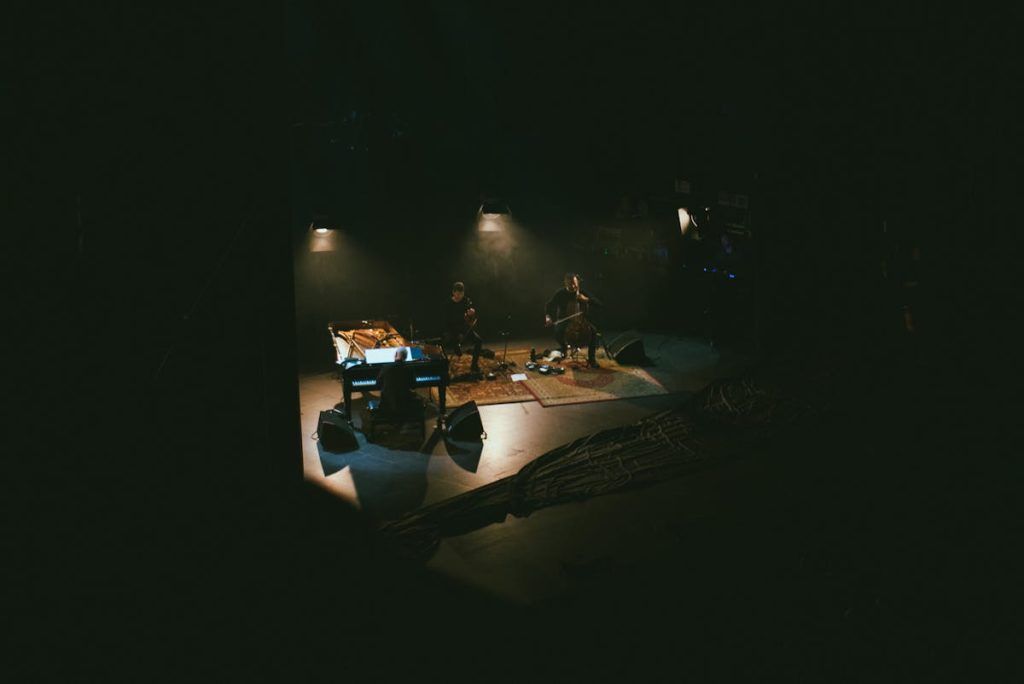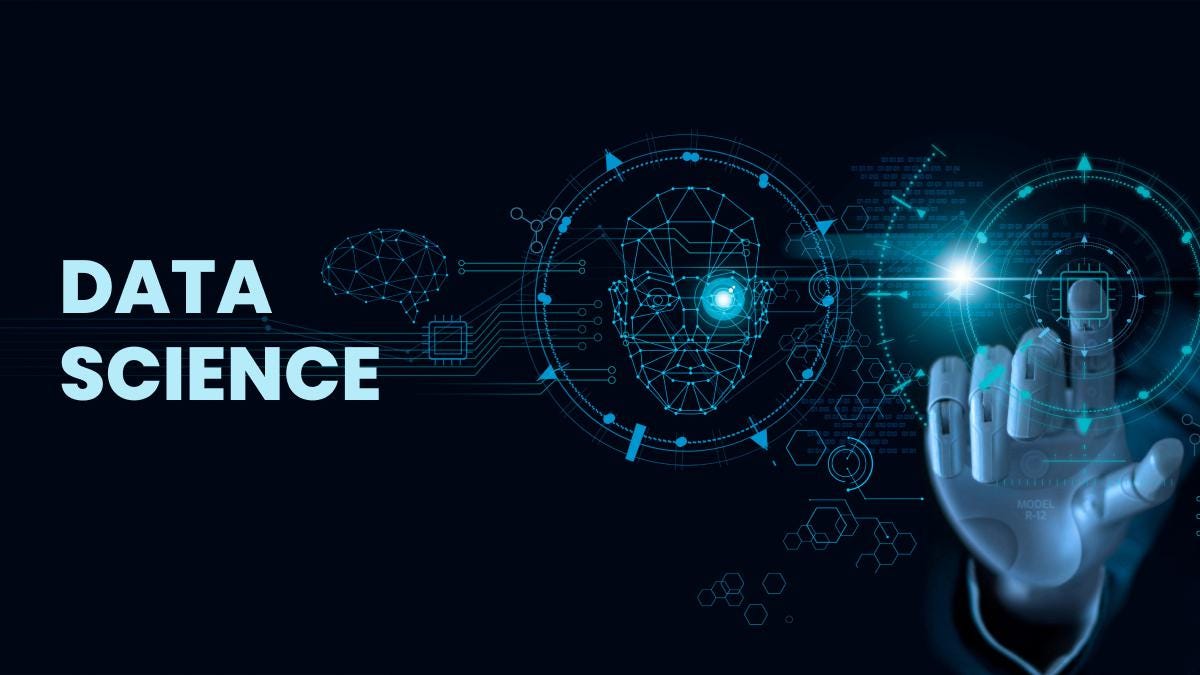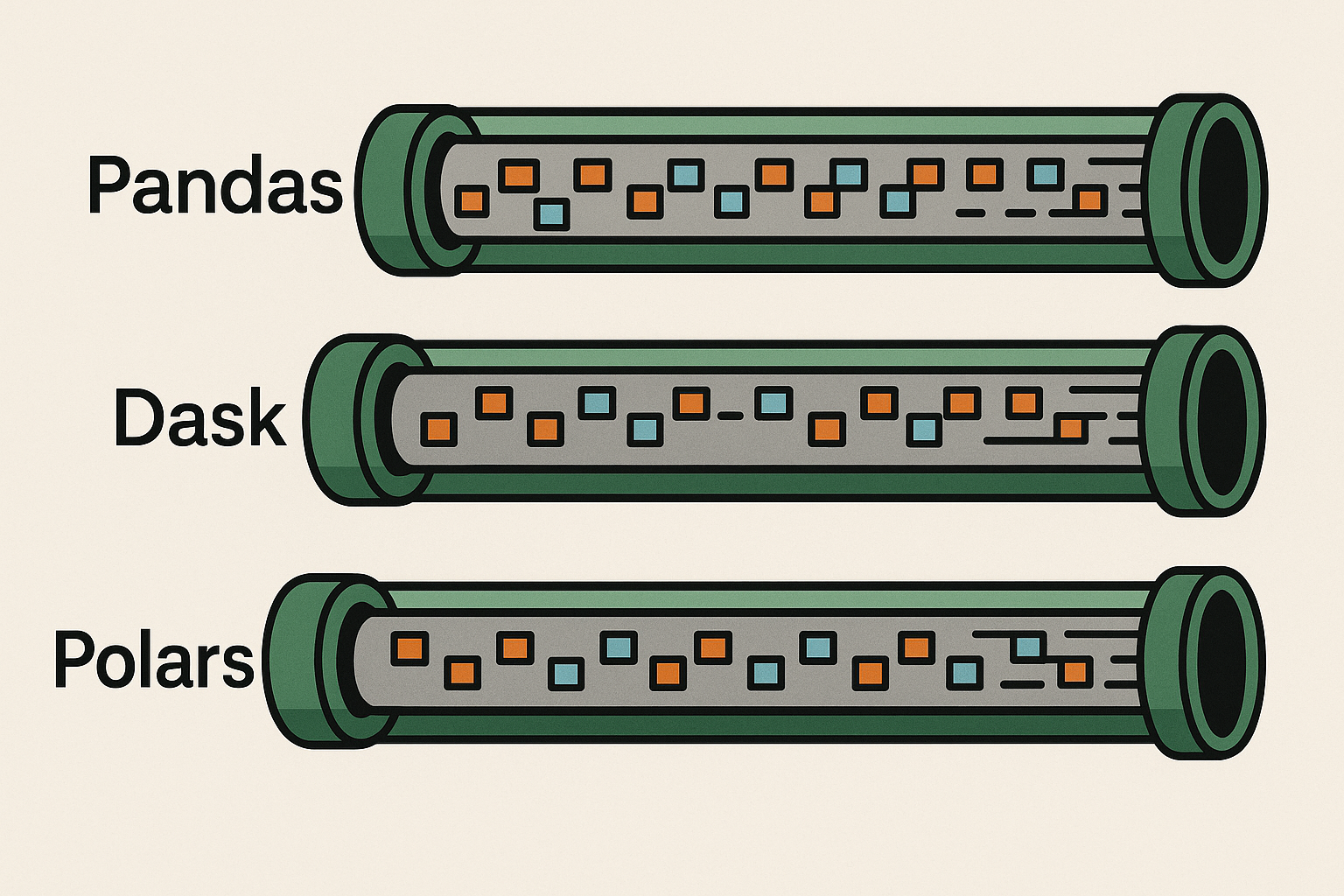What Is Bio-acoustic Sensing & Why Is It So Important Today?
Bio-acoustic sensing is an advanced scientific technique that leverages acoustic signals produced by living organisms to monitor and analyze their behaviors, interactions, and environmental conditions. This interdisciplinary field integrates principles from biology, acoustics, and artificial intelligence (AI) to decode complex biological and ecological phenomena. With advancements in machine learning, sensor technology, and data analytics, bio-acoustic sensing has emerged as a transformative tool in fields such as wildlife conservation, medical diagnostics, and agricultural monitoring.
Types of Bio-acoustic Sensing
Passive Bio-acoustic Sensing
Passive bio-acoustic sensing involves the non-intrusive collection of natural acoustic signals emitted by organisms or environmental sources. This method is widely used in ecological research to monitor biodiversity, study animal communication, and detect habitat changes. For instance, researchers deploy underwater hydrophones to capture the vocalizations of marine mammals such as whales and dolphins, aiding in population studies and conservation efforts.
Active Bio-acoustic Sensing
Active bio-acoustic sensing, in contrast, involves the emission of controlled acoustic signals and the subsequent analysis of their interaction with biological systems. This technique is frequently applied in medical imaging technologies such as ultrasound, where high-frequency sound waves are transmitted into the body to generate diagnostic images. Active sensing is also used in echolocation studies of bats and other nocturnal species.
Hybrid Bio-acoustic Sensing
Hybrid bio-acoustic sensing combines elements of both passive and active sensing to optimize data collection and interpretation. In precision agriculture, for example, a hybrid approach can be employed to monitor crop health by detecting insect sounds while also using controlled acoustic stimuli to assess plant responses to stress factors such as drought or pests.

Modern-Day Implications and Applications of Bio-acoustic Sensing
Wildlife Conservation and Biodiversity Monitoring
Bio-acoustic sensing plays a crucial role in wildlife conservation by enabling researchers to monitor endangered species without direct human interference. Autonomous acoustic sensors can track animal migration patterns, detect poaching activities, and analyze ecosystem health. For example, conservationists use acoustic monitoring to track the calls of rare bird species in dense rainforests, ensuring their protection from habitat destruction.
Medical Diagnostics and Healthcare
In the field of healthcare, bio-acoustic sensing has led to groundbreaking advancements in diagnostic medicine. Technologies such as phonocardiography, which records heart sounds, aid in the early detection of cardiovascular diseases. Similarly, AI-powered acoustic analysis of respiratory sounds has been instrumental in diagnosing conditions such as pneumonia and chronic obstructive pulmonary disease (COPD).
Agricultural and Pest Management
Bio-acoustic sensing is increasingly being applied in agriculture to enhance crop health and pest control. Acoustic sensors can detect the sounds of insect infestations, enabling farmers to implement targeted interventions before significant crop damage occurs. Additionally, monitoring plant bioacoustics can provide insights into water stress levels, optimizing irrigation practices for sustainable agriculture.
Marine and Underwater Exploration
In marine biology, bio-acoustic sensing is indispensable for studying underwater ecosystems. Researchers use acoustic sensors to track fish populations, assess coral reef health, and detect illegal fishing activities. Moreover, bio-acoustic data assists in understanding the impact of human-induced noise pollution on marine life, leading to better regulatory measures for ocean conservation.
Urban Noise Pollution Analysis
With rapid urbanization, noise pollution has become a growing concern for public health. Bio-acoustic sensing systems are deployed in cities to monitor and analyze urban soundscapes, identifying sources of excessive noise and their impact on human well-being. Advanced AI algorithms can distinguish between natural and artificial sounds, providing actionable insights for noise reduction strategies.
Conclusion
Bio-acoustic sensing represents a paradigm shift in how scientists and researchers interact with biological and environmental data. By harnessing the power of sound, this innovative technology is revolutionizing diverse fields, from wildlife conservation and medical diagnostics to sustainable agriculture and marine research. As sensor technology and AI continue to evolve, bio-acoustic sensing is poised to become an even more indispensable tool in addressing critical global challenges related to ecology, health, and sustainability.








